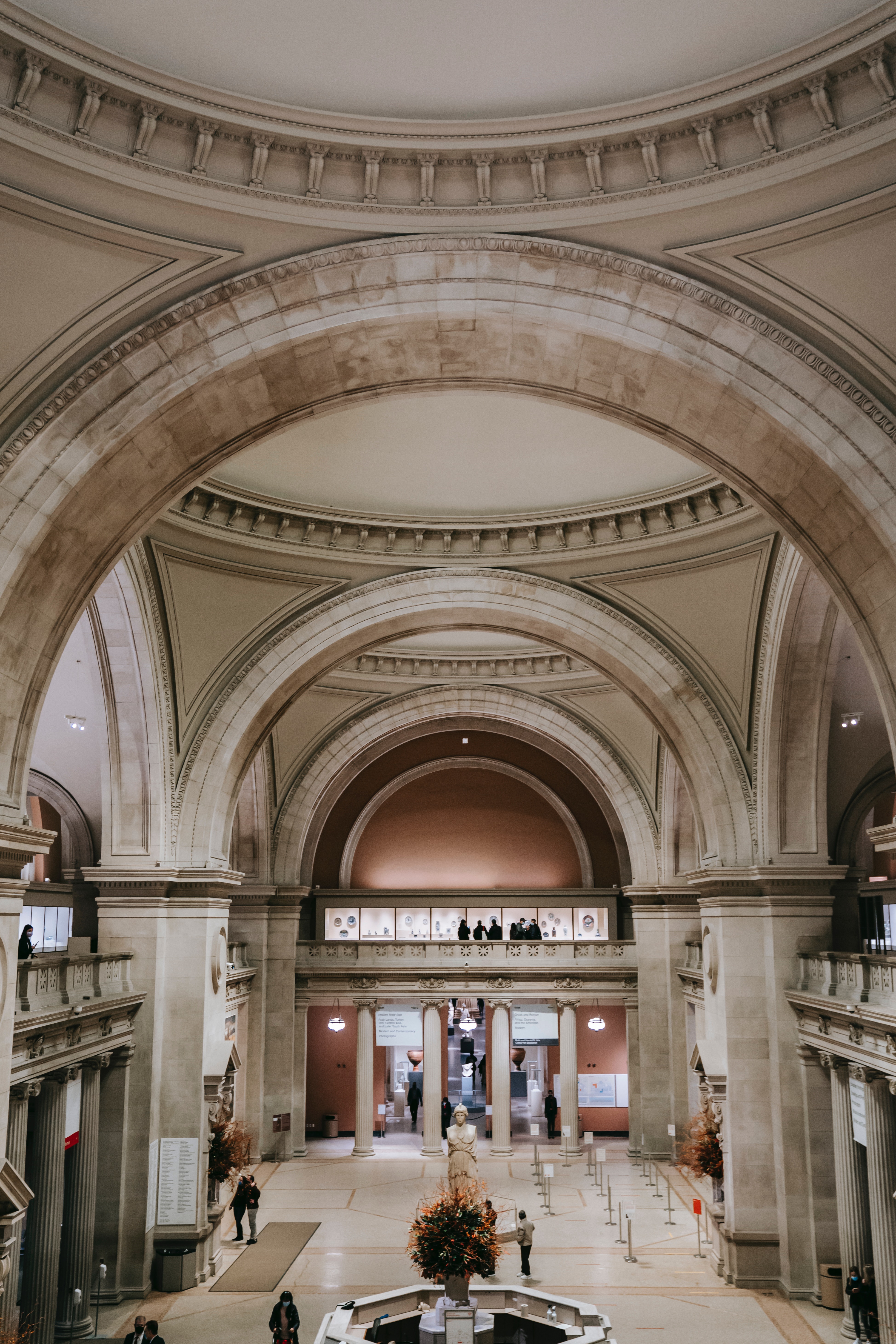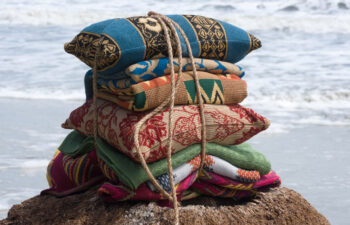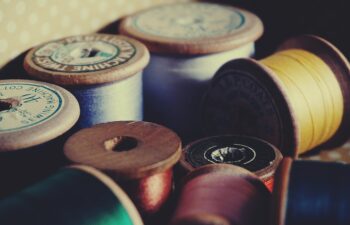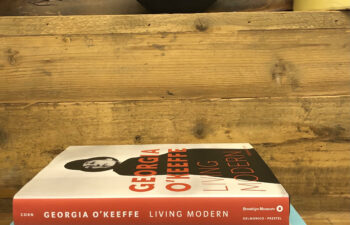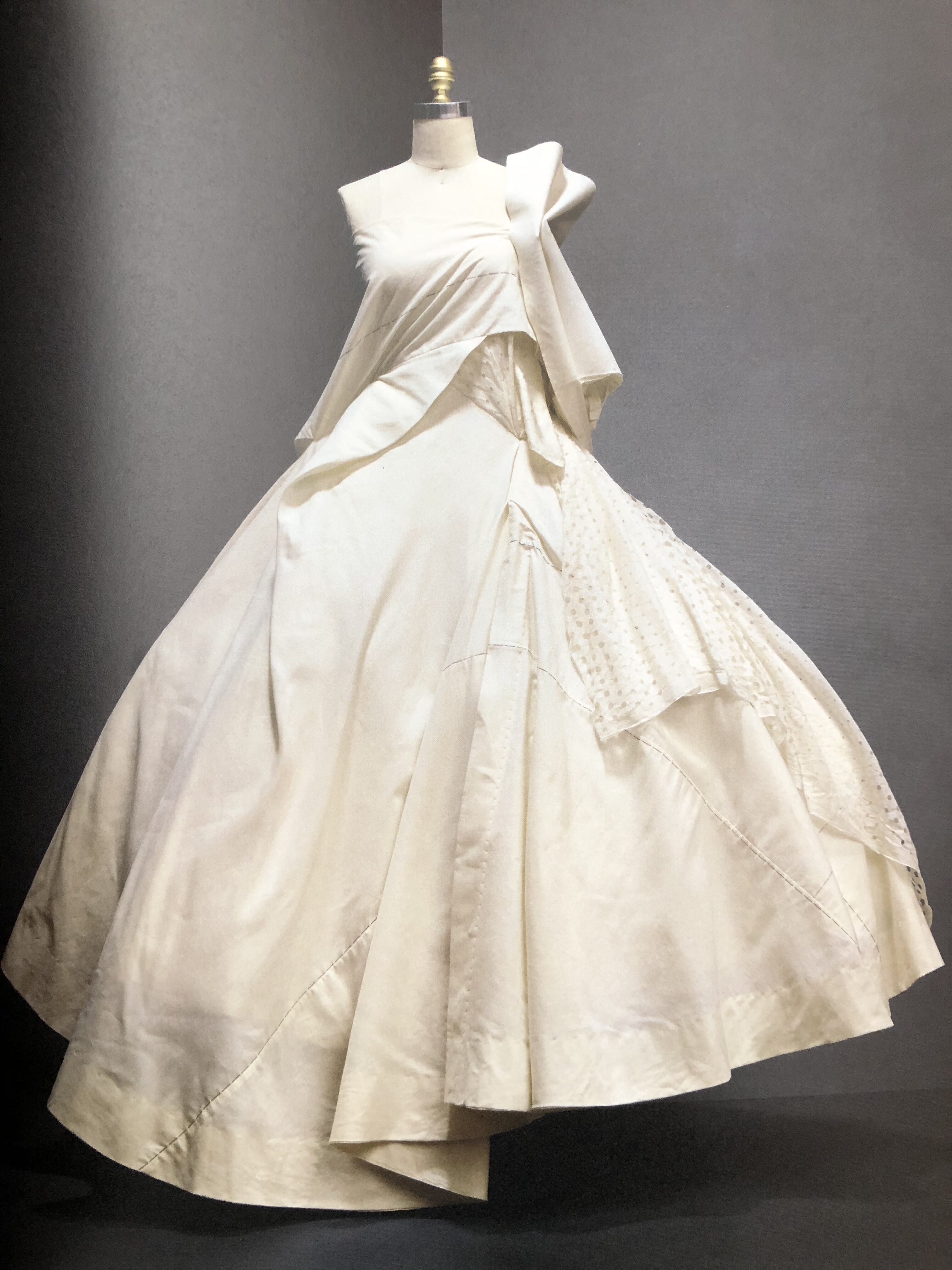 As I wrote last month, there are few places that bring me greater pleasure than museums. To me, there’s just nothing like wandering around gazing at great art in another city, whether it’s spending some time wandering the galleries of the Whitney — and ending, of course, with a snack and a glass of wine on that iconic rooftop — or discovering unexpected archival collections in the smaller, more intimate Cooper Hewitt.
As I wrote last month, there are few places that bring me greater pleasure than museums. To me, there’s just nothing like wandering around gazing at great art in another city, whether it’s spending some time wandering the galleries of the Whitney — and ending, of course, with a snack and a glass of wine on that iconic rooftop — or discovering unexpected archival collections in the smaller, more intimate Cooper Hewitt.
Museums are an essential part of my travels, and I have a stack of museum books to show for it. Unsurprisingly, this pastime (and frankly, all of my travel) took the backburner in 2020. But after nearly a year of staying home, I have even more appreciation for all those heavy, cumbersome books I insisted on lugging home in my carry-on. What were once nostalgic souvenirs of past travels are now vital, and unexpected, sources of inspiration while I stay tucked in safely at home.
Indeed, the pandemic hasn’t stymied my love for museums, or stopped me from soaking up some of my favorite collections of work that I’ve had the fortune to see in-person over the years. Revisiting these exhibits isn’t just about reminiscing on fond travel memories; it’s given me a jolt of inspiration during a tough year.
Here’s hoping we can all spend a day taking in a brilliant collection of artwork in an unfamiliar city — but in the meantime, you’ll find me with my trusty stack of books. Here are some of my favorites I’ve revisited lately:
In 2017, the Fashion Institute of Technology hosted Expedition: Fashion from the Extreme, a collection of clothing that had boldly gone where no clothing had gone before: the bracing Arctic, the highest mountain summits, even outer space. “Expedition” tells the story of clothing of exploration, as worn by members of the prestigious Explorers Club such as Amelia Earhart, leaders of North and South Pole expeditions, and the crew of Apollo 11. The exhibit, and its companion book by Elizabeth Way and Sarah Pickman, brings together clothing from Inuit-inspired garments of animal skins to khaki pants, for which we have early safari-goers to thank.
The pinnacle for me was the circa-1964 photography by John Cowan in 1964, shot with models and Canadian Royal Mounties in the stunning (and very, very cold) backdrop of the Arctic. The pale aquas and blues against the snowcaps and icebergs is stunning, and a good visual argument for those full length coats!
The rest of the show included pieces from Faultier, Mizrahi and Yamamoto. The final pieces were from the explorers of the deep sea and outer space, and the technical advances in materials that developed to serve these purposes.
Balenciaga in Black traveled to the Kimbell Art Museum in Ft. Worth in 2018. What struck me about this show right off the bat was how the total lack of color forced one to focus on the handmade couturier constructions and textiles — an unexpected advantage for me. I’m generally not a sequins and feathers girl, but these creations were exquisite – a happy surprise, as I was not familiar with designer Cristóbal Balenciaga’s work. He was considered an “architect of couture,” with expressions in leather coats to lace ball gowns. Walking around a single gown is like looking through a prism, with different details and layers of beauty evident from every angle. You can tour the show virtually here, but if it travels to your area, would suggest seeing in person.
One of the most stunning shows I’ve ever seen was ManusXMachina – Fashion in an Age of Technology at the Met. The show catalog notes that “The Mediator between the hand and the machine must be the Heart.”
This statement didn’t just speak to me; it practically sang. Growing up, I rarely saw the women in my family sitting around with idle hands. They were always stitching, knitting, crocheting, making or creating in one form or another. That influence carried over into my own life, of course, as I work with both machine knitted products and my own hand-work. I never thought these memories would be such an influence in my career.
Progressing through a series of textiles and techniques, the story unfolds through vignettes – toiles (patterns), “tailleur and flou,” lacework and leather, embroidery, feather work and artificial flowers. The beginning of the show includes garments turned inside out, with the linings removed so that the hand construction is visible. Dressmaker dummies are shown with draping and constructed corsets from the House of Dior, as Galliano develops a gown. A dress from Japanese designer Yamamoto is shown in cotton muslin on the way to becoming a white silk wedding gown.
The Houses of Chanel tweed suits and early Dior are juxtaposed with contemporary design by Chalayan dresses in aluminum plaques with Swarovski rhinestones. Dresses from Cardin and Watanabe utilize heat-molded polyester, referencing the art of origami. Van Herpen takes it a step further by using 3-D printing and hand cut acrylic fringe.
The final topic of feather work and flowers is just…. well, “beyond” is the only word that comes to mind. Think of McQueen with paillettes, metallic petals and silver beads… or Dior, hand embroidered with gold and silver sequins and pearls. A Saint Laurent ensemble in nude silk gauze, with a collar of hand-applied white, black and brown feathers is almost enough to make me rethink feathers in my wardrobe. (Almost!)
Although you were meant to see the large central gallery upon entering, I chose to see the rest of the show first, saving this for last. The House of Chanel wedding dress was the perfect expression of the show’s theme. A molded neoprene gown is attached to an extraordinary cathedral train, covered with crystals and sequins in a baroque lace pattern. There are some things you just don’t forget, and this is one for me.
My museum books have brought me so much joy in a hard year, and I’m beyond eager to add to my collection. So, bring on the vaccine – I have places to go, and shows to see!

